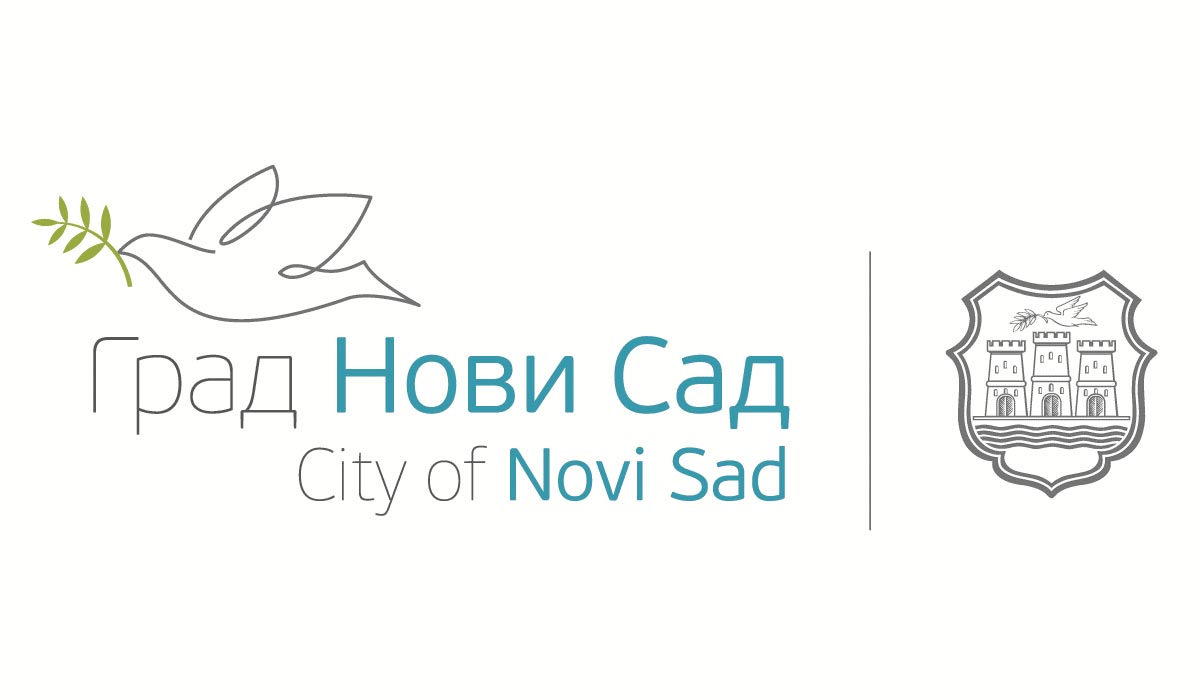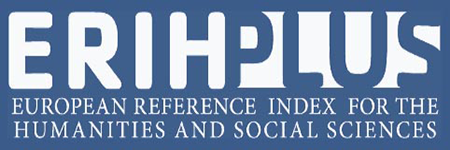MARIA FOLLIA, A COURT LADY OF THE HUNGARIAN QUEEN ELIZABETH ŁOKIETEK, ACCOMPANYING HER MISTRESS ON A JOURNEY TO ITALY
Abstract
The journey and stay of the Hungarian queen Elizabeth Łokietek, mother of King Lajos the Great and widow of King Charles Robert, to the Kingdoms of Naples and Rome from June 1343 until May 1344, is a well-researched topic in historiography. On that journey the queen was accompanied, as a Hungarian chronicler noted, by her court, numerous ladies-in-waiting, girls of noble origin, Hungarian barons, knights and servants. Yet, of all the women accompanying the queen, only the identity of one of her court ladies is known, that of aristocrat Maria Follia. Her presence in the (closest) surrounding of the queen is testified by two diplomatic sources, one of Hungarian and another of Naples provenance. Maria was the widow of a recently deceased Hungarian palatine William Drugeth (who died in September 1342). The author in this paper investigates the causes and complex circumstances under which Maria Follia participated in the Italian journey of her mistress. The issue is all the more interesting since it is known that, after the death of palatine William, the Drugeth family, until then the most powerful Hungarian baron family, lost their wealth, fortune and positions in the royal court. One of the possible answers to this question is a conclusion that the palatine’s widow, independent of her husband’s family, stayed in good relations with Queen Elizabeth and kept her positions in the royal court.
Downloads
References
Camera, M. Annali delle Due Sicilie: dall' origine e fondazione della monarchia, II, Napoli: Stamperia e cartiere del Fibreno, 1860.
Csánki, D. Magyarország történelmi földrajza a Hunyadiak korában, I, Budapest: MTA, 1890.
Csukovits, E. Középkori magyar zarándokok, Budapest: MTA Történettudományi Intézet, 2003.
Durrieu, P. Les archives angevines de Naples, étude sur les registres du roi Charles I-er (1265-1285), II, Paris: Ernest Thorin Éditur, 1887.
Engel, P. ʻHonor, vár, ispánságʼ, Századok, 116, 1982, 880-922.
______. Magyarország világi archontológiája, I, Budapest: História, MTA Történettudományi Intézete, 1996.
______. ʻNagy Lajos ismeretlen adományreformjaʼ, Történelmi Szemle, 2, 1997, 137-157.
Hardi, Đ. Drugeti, povest o usponu i padu porodice pratilaca anžujskih kraljeva, Novi Sad: Filozofski fakultet u Novom Sadu, 2012.
______. ʻMeinardus Medicus Domini Palatiniʼ, in: Gogola, M, Ribár, L. (eds.), Ján Jessenius (1566 - 1621) – Ľudia a doba, Bratislava: STIMUL, 2017, 167-173.
______. ʻObrazy z každodenného života šľachtickej rodiny Drugethovcov ako paradigma rytierskej kultúry a spôsobu života novej aristokracieʼ, Historický časopis, 62 (2), 2014, 203-224.
Hóman, B. Gli Angioini di Napoli in Ungeria 1290-1403, Roma: Reale accademia d'Italia 1938.
______. A magyar királyság pénzügyei és gazdáságpolitikája Károly Róbert korában, Budapest: Kiadja a Budavári Tudományos Társaság, 1921 (reprint: Nap Kiadó, 2003).
Hudáček, P. ʻPrávne postavenie vdovy v stredovekom Uhorsku do roku 1222 a otázka vennéhoʼ, Historický časopis, 61 (2), 2013, 227-262.
Hudáček, P. ʻThe Legal Position of Widows in Medieval Hungary up to 1222 and the Question of Dowerʼ, Historický časopis, Supplement 62, 2014, 3-39.
Karácsonyi, J. ʻ Nagy Lajos anyja Rómábanʼ, Katholikus szemle, 50 kötet, 1893, 50-63.
Köblös, J. ʻKükülley Jánosʼ, in: Kristó Gy. (ed.), Korai magyar történeti lexikon (9-14. század), Budapest: MTA, 1994. 576-577.
Kristó, Gy. Makk, F. Károly Róbert emlékezete (A szöveganyagot válogatta, szerkesztette, a bevezetőt és a jegyzeteket írta Kristó Gyula és Makk Ferenc, A képanyagot Marosi Ernő válogatta), Budapest: Európa Könyvkiadó, 1988.
Kurcz, Á. Lovagi kultúra Magyarországon a 13-14. században, Budapest: Akadémiai Kiadó, 1988.
Léonard, É, Les Angevins de Naples, Paris: Presses universitaires de France, 1954.
Malovecká, Mi. Karol Wagner 1732-1790 historik Spiša a Šariša, Prešov: Vydavateľstvo Michala Vaška, 2009.
Mályusz, E Thurocz, Johannes de. Chronica Hungarorum II, Commentarii 2, Ab anno 1301 usque ad annum 1487, Composuit Elemér Mályusz, adiuvante Julio Kristó, Budapest: Akadémiai Kiadó, 1988.
Miskolczy I. ʻAndrás herceg tragédiája és a nápolyi udvarʼ, Századok, 1928, 766-800.
______. ʻMagyar-olasz összeköttetések az Anjouk korábanʼ, Budapest: Szent István-Társulat, 1937.
Piti, F. ʻAz 1342. évi nádorváltásʼ, Századok, 140 (2), 2006, 435-441.
Pór, A. Nagy Lajos 1326-1328, Budapest: Magyar TörténelmiTársulat, 1892.
______. ʻA történeti jelenetek korhű reconstruálásárólʼ, Századok, 1893, 420-428, 504-511, 680-693.
Szende, L. ʻŁokietek Erzsébet a 14. századi hazai elbeszélő forrásokbanʼ in: Almási, T., Draskóczy, I., Jancsó, É. Studia professoris - professor studiorum: tanulmányok Érszegi Géza hatvanadik születésnapjára, Budapest: Magyar Országos Levéltár, 2005, 333-341.
Uličný, F. Dejiny osídlenia Zemlínskej župy, Mihalovce: Občianske združenie Zemplínska spoločnosť, 2001.
Wagner, C. Collectanea genealogico-historica ilustrium Hungariae que jam interciderunt, Decas III, Posonii, Pestini et Lipsiae: typis et sumptibus Joan, Michaelis Landerer, 1802.
Wertner, M. ʻMagyar hadjáratok a XIV. századbanʼ, Századok, 1905, 420-451.
Zsoldos A. A Druget-tartomány története 1315-1342, Budapest: MTA Bölcsészettudományi Kutatóközpont Történettudományi Intézet, 2017.

This work is licensed under a Creative Commons Attribution-ShareAlike 4.0 International License.













